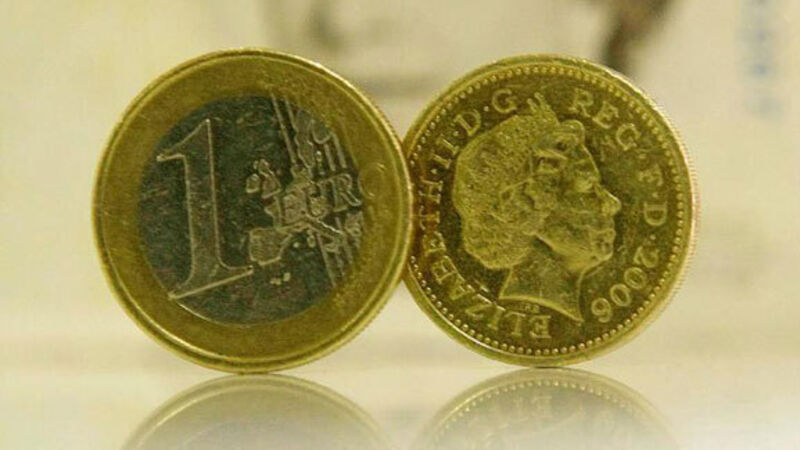Sterling set for 3% fall against euro in levels not seen since 2017

Sterling will tumble to levels not seen since 2017 against the euro as Brexit turmoil outweighs a dovish ECB, according to analysts. The pound is likely to slide toward 92p per euro by year-end, about 3% below current levels and a rate not seen in 21 months, according to JPMorgan Chase.
That pessimism toward the currency is starting to be priced in the options market, where the cost of puts relative to calls is approaching the highest since April. The pound has slumped against the euro this quarter as the risks to Britain’s currency from the contest to replace UK Prime Minister Theresa May and October’s Brexit deadline mount.
The slide reflects investors’ scepticism about the Bank of England’s stance that rates may have to rise if the British economy develops in line with its forecasts. With momentum slowing around the world, markets are, in fact, pricing in the chance of a Bank of England rate cut next year.
“The pound still has more downside to it,” said Timothy Graf, head of EMEA macro strategy for Europe at State Street.
The BoE has been talking way too upbeat a game given every other central bank in the world except Norway is talking about easier policy.
Sterling has weakened about 3.5% since the start of April and traded around 89.5p per euro yesterday. Six-month euro-sterling risk reversals, a measure of market sentiment and positioning, have moved increasingly in favour of the common currency since early May, suggesting investors are betting on further gains.
Boris Johnson has again reiterated he would take Britain out of the EU without a deal on October 31 if necessary, even as some of his senior colleagues plot to prevent him doing so. The UK parliament breaks for its summer recess in late July and doesn’t return until early September, meaning the deadlock could continue even after a new prime minister is in place.
“It’s difficult to see how the UK political fog clears up quickly, so there is little reason to buy even a cheap pound,” said Stuart Bennett, head of Group-of-10 currency strategy at Banco Santander. “And if the Fed continues to weigh on the dollar, the euro will be the winner by default.”
This environment means sterling shorts versus the euro will likely continue to build, according to Jeremy Stretch, head of Group-of-10 currency strategy at Canadian Imperial Bank of Commerce.
He sees the pound weakening to 91.5p per euro by the fourth quarter. Meanwhile, the pound weakened against the dollar yesterday, as risks of a no-deal Brexit strengthened.

















